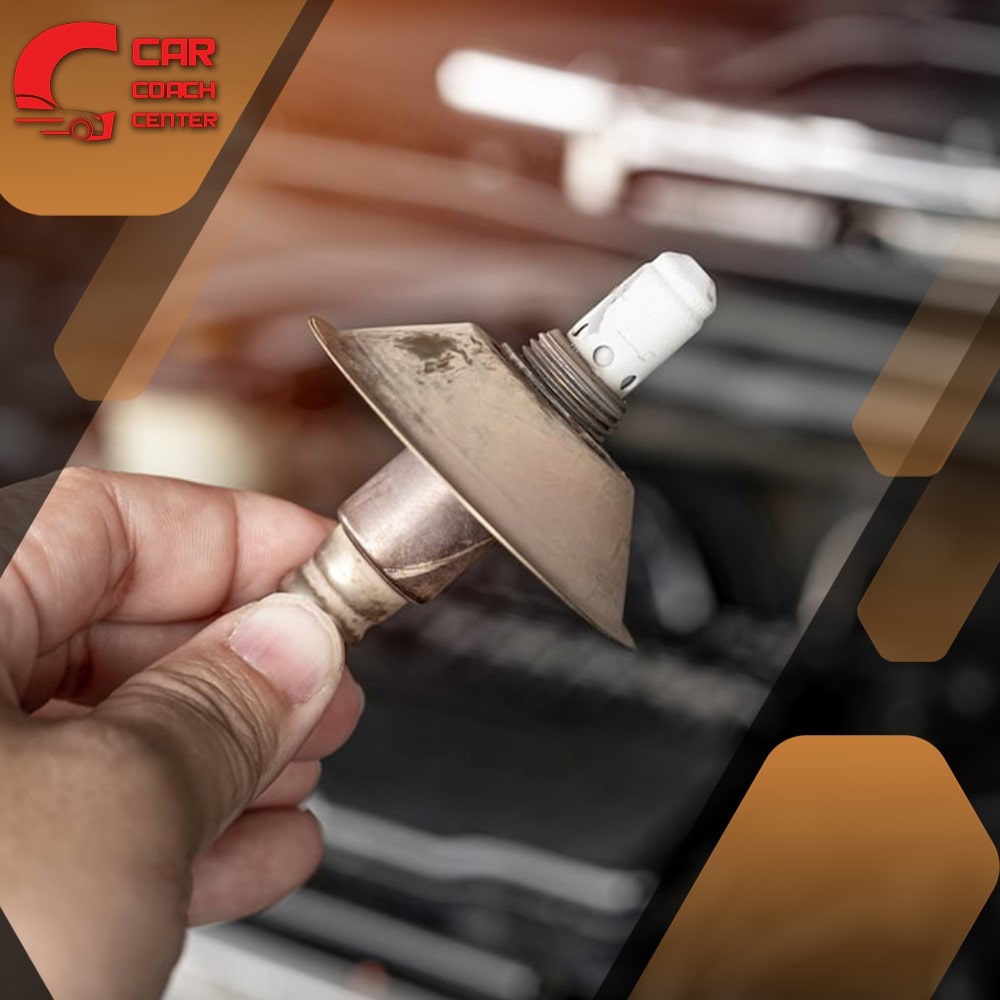Can You Drive With A Bad O2 Sensor
The intricate network of components that keeps a car running smoothly often goes unnoticed by the average driver. One such vital element is the oxygen sensor, commonly known as the O2 sensor. This unassuming device is pivotal in engine management, helping regulate fuel efficiency and emissions. However, like any other automotive component, the O2 sensor is susceptible to wear and tear over time.
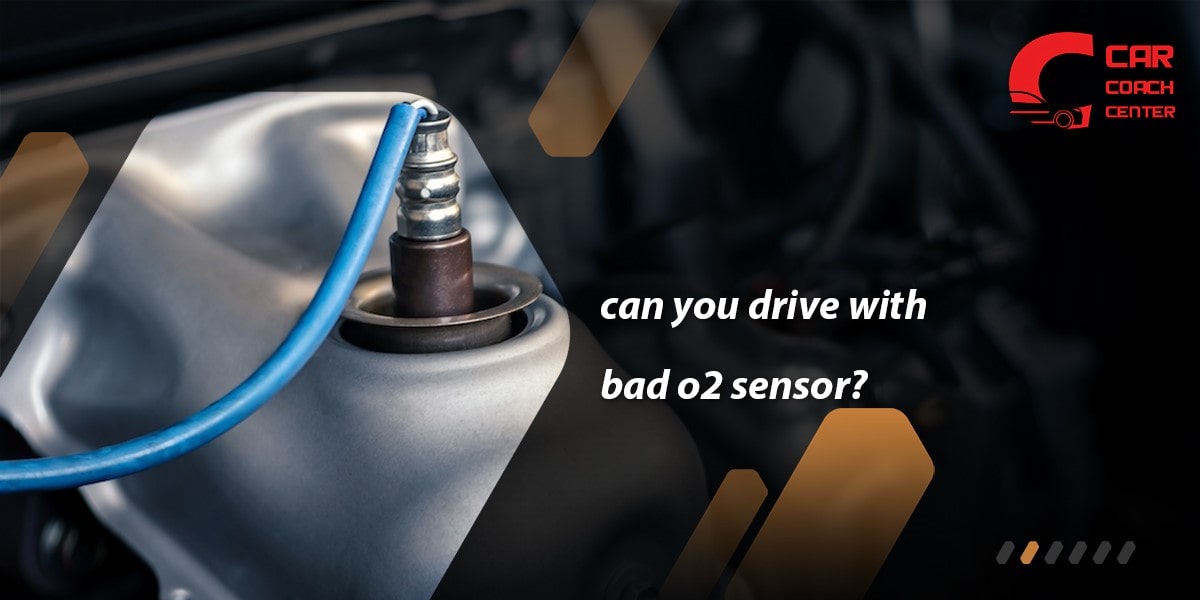
Many drivers wonder if they can continue driving with a malfunctioning O2 sensor without immediate consequences. In this article, we will delve into the world of O2 sensors, exploring their significance, symptoms of failure, and the pros and cons of driving with a faulty sensor.
Additionally, we will shed light on the long-term implications of neglecting a bad O2 sensor, providing practical advice on replacement and maintenance to help you make informed decisions about your vehicle’s health. Strap in and get ready to uncover the secrets behind this silent saboteur and its impact on your driving experience.
The Silent Saboteur: Unveiling the Role of the O2 Sensor in Your Vehicle
While the oxygen or O2 sensor may seem like a small and inconspicuous part of your vehicle, its role in the engine management system is crucial. This tiny device is responsible for monitoring the oxygen levels in the exhaust gases produced by your engine. Doing so provides valuable information to the engine control unit (ECU), allowing it to adjust the air-fuel mixture for optimal combustion.
The O2 sensor typically uses a ceramic element coated with platinum and zirconium. This coating facilitates a chemical reaction between the oxygen in the exhaust gases and the sensor. As the exhaust gas passes over the sensor, it creates a voltage signal that the ECU interprets to determine the fuel mixture’s richness or leanness.
The O2 sensor is an essential feedback mechanism for the engine’s fuel injection system, ensuring the combustion process remains efficient and effective. It helps maintain the ideal air-fuel ratio, optimizing fuel economy and reducing harmful emissions.
By continuously monitoring the exhaust gases, the O2 sensor assists in adjusting the fuel injection pulse width, optimizing the engine’s performance under various driving conditions. Whether idling in traffic or accelerating on the highway, the O2 sensor plays a vital role in maintaining a balance between fuel efficiency, engine power, and emission control.
In addition to regulating the air-fuel mixture, the O2 sensor also helps safeguard the health of the vehicle’s catalytic converter. Providing accurate feedback to the ECU prevents an overly rich fuel mixture from reaching the catalytic converter, which could otherwise lead to damage and costly repairs.
Unmasking the Symptoms: How to Recognize a Failing O2 Sensor
A failing O2 sensor can significantly impact your vehicle’s performance and fuel efficiency. By being aware of the common symptoms associated with a malfunctioning O2 sensor, you can take prompt action to address the issue. Here are some signs to watch out for:
Poor Fuel Economy
One of the primary indicators of a bad O2 sensor is a decrease in fuel efficiency. If you find yourself visiting the gas station more frequently without any apparent reason, it’s worth considering the condition of your O2 sensor.
Rough Idle or Engine Misfires
A faulty O2 sensor can disrupt the engine’s air-fuel mixture, leading to rough idle or intermittent engine misfires. If you notice your engine idling inconsistently or experiencing hiccups during acceleration, it’s time to investigate further.
Check Engine Light
Your dashboard’s illuminated check engine light can signify various issues, including a malfunctioning O2 sensor. While it doesn’t pinpoint the exact problem, it serves as an alert to have your vehicle’s onboard diagnostics system checked.
Decreased Performance
A bad O2 sensor can cause a decrease in overall engine performance. You may experience sluggish acceleration, reduced power, or a general lack of responsiveness from your vehicle.
Increased Emissions
Since the O2 sensor plays a crucial role in regulating emissions, a malfunctioning sensor can lead to increased levels of pollutants being released into the atmosphere. If your vehicle fails an emissions test or you notice excessive smoke or unusual smells from the exhaust, it may be attributed to a faulty O2 sensor.
Failed Emissions Tests
During routine emissions testing, a malfunctioning O2 sensor can trigger a failure, indicating that your vehicle is not meeting the required emission standards. This failure is often linked to high hydrocarbon (HC) and carbon monoxide (CO) emissions.
The Pros and Cons of Driving with a Faulty O2 Sensor
When faced with a faulty O2 sensor, some drivers may wonder whether they can continue driving without immediate consequences. While driving with a malfunctioning O2 sensor is technically possible, there are pros and cons. Let’s explore them in detail:
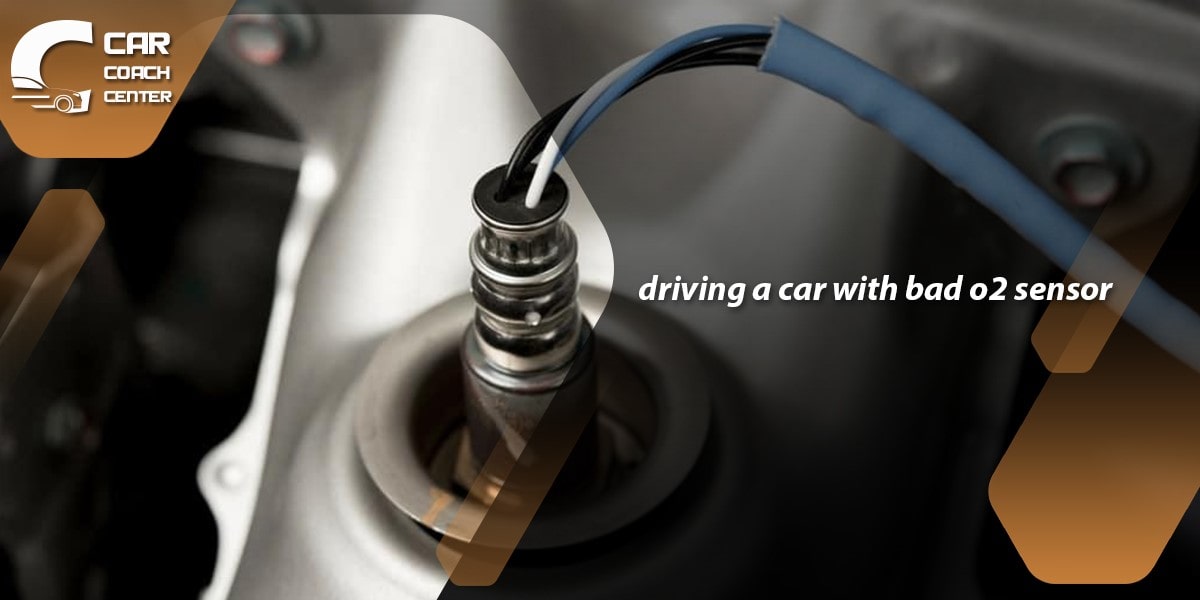
No Immediate Breakdown
A bad O2 sensor may not suddenly cause your vehicle to break down. It typically won’t leave you stranded on the side of the road, allowing you to continue driving.
Cost Considerations
O2 sensor replacements can be expensive, especially if you opt for original equipment manufacturer (OEM) parts or professional installation. By delaying the replacement, you can save money in the short term.
Cons of Driving with a Faulty O2 Sensor
Reduced Fuel Efficiency: A malfunctioning O2 sensor can disrupt the air-fuel mixture, decreasing fuel efficiency. In the long run, you may spend more money on fuel, offsetting initial cost savings.
Engine Performance Issues
A faulty O2 sensor can result in rough idling, reduced power, and decreased engine performance. This can affect your driving experience, especially during acceleration or attempting to overtake other vehicles.
Emission Concerns
The O2 sensor plays a crucial role in controlling emissions. Driving with a bad sensor can increase pollution levels, contributing to environmental harm and potential legal consequences if your vehicle fails emissions tests.
Catalytic Converter Damage
A malfunctioning O2 sensor can cause an excessively rich or lean fuel mixture, which can damage the catalytic converter over time. Replacing a damaged catalytic converter can be an expensive repair.
Hidden Issues
Ignoring a faulty O2 sensor may mask other underlying problems in your vehicle’s engine or exhaust system. These issues can worsen, leading to more extensive and costly repairs.
Saving Your Wallet and the Environment: The Long-Term Implications of Ignoring a Faulty O2 Sensor
While it may be tempting to ignore or delay the replacement of a faulty O2 sensor to save money in the short term, it is essential to consider the long-term implications. Neglecting a malfunctioning O2 sensor can significantly affect your wallet and the environment. Let’s explore these implications in detail:
Decreased Fuel Efficiency
A malfunctioning O2 sensor can disrupt the air-fuel mixture, decreasing fuel efficiency. Over time, this can result in higher fuel consumption, causing you to spend more money at the gas pump. By promptly replacing the faulty sensor, you can restore optimal fuel efficiency and save money on fuel expenses in the long run.
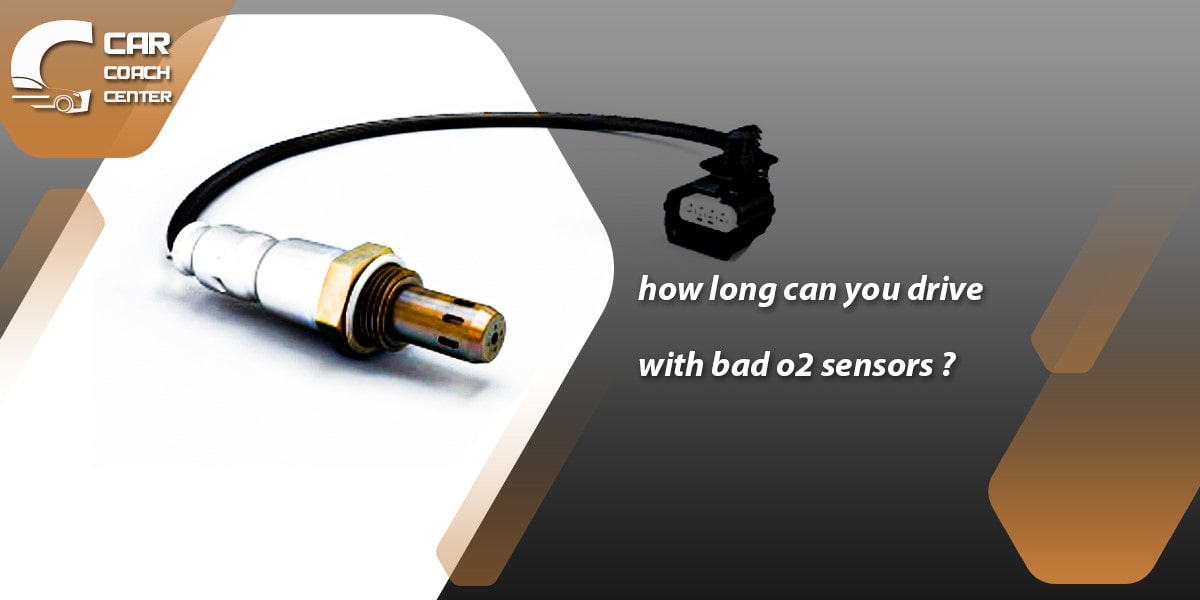
Costly Repairs
Ignoring a faulty O2 sensor can lead to additional damage to other engine components. For example, an excessively rich or lean fuel mixture caused by a bad O2 sensor can damage the catalytic converter, a critical emission control device. Replacing a damaged catalytic converter can be a substantial expense. By promptly addressing the faulty O2 sensor, you can prevent further damage to your vehicle’s components and avoid costly repairs down the line.
Environmental Impact
The O2 sensor plays a vital role in reducing harmful emissions from your vehicle. A malfunctioning sensor can cause increased levels of pollutants to be released into the atmosphere, contributing to air pollution and environmental degradation. By replacing the faulty O2 sensor, you actively reduce your vehicle’s carbon footprint and promote cleaner air quality.
Legal Compliance
Vehicles are required to meet specific emission standards depending on your jurisdiction. Driving with a faulty O2 sensor can result in failing mandatory emissions tests, potentially leading to legal consequences, fines, or restrictions on vehicle usage. By ensuring your O2 sensor is in good working condition, you can comply with environmental regulations and avoid legal issues.
Long-Term Engine Performance
Ignoring a malfunctioning O2 sensor can adversely affect your vehicle’s overall engine performance. Engine misfires, rough idling, and reduced power output can gradually worsen if the root cause is left unaddressed. By replacing the faulty O2 sensor, you can restore optimal engine performance, ensuring a smoother and more enjoyable driving experience.
Saving Your Wallet and the Environment: The Long-Term Implications of Ignoring a Faulty O2 Sensor
When it comes to a faulty O2 sensor, ignoring or delaying its replacement can have significant long-term implications for your wallet and the environment. While the upfront cost of replacing the sensor may seem burdensome, the consequences of neglecting it can far outweigh the initial investment. Let’s explore the long-term implications in detail:
Decreased Fuel Efficiency
A malfunctioning O2 sensor can disrupt the air-fuel mixture, decreasing fuel efficiency. As the sensor fails to provide accurate feedback to the engine control unit (ECU), the fuel injection system may not be adjusted properly, resulting in wasted fuel. Over time, this can lead to higher fuel consumption and increased expenses at the gas pump.
Costly Repairs
Ignoring a faulty O2 sensor can cause additional damage to other engine components, particularly the catalytic converter. The incorrect air-fuel mixture caused by the malfunctioning sensor can lead to excessive fuel or incomplete combustion, potentially damaging the catalytic converter’s internal structure. Replacing a damaged catalytic converter can be costly, significantly impacting your wallet.
Environmental Impact
A well-functioning O2 sensor is vital in reducing harmful emissions from your vehicle. Providing accurate feedback on oxygen levels in the exhaust gases helps optimize the air-fuel mixture and minimizes the release of pollutants. Neglecting a faulty O2 sensor can increase emissions, contributing to air pollution and environmental degradation. You actively contribute to a cleaner and healthier environment by addressing the issue promptly.
Legal Compliance
Vehicles must adhere to Many jurisdictions with strict emissions regulations. Neglecting a faulty O2 sensor can cause your vehicle to fail mandatory emissions tests, leading to potential legal consequences, fines, or even restrictions on vehicle usage. Ensuring your vehicle’s O2 sensor is in good working condition helps you comply with environmental regulations and avoid legal issues.
Long-Term Engine Performance
A malfunctioning O2 sensor can negatively impact your vehicle’s overall engine performance. It may cause engine misfires, rough idling, reduced power output, or damage to other engine components. Ignoring the problem can lead to a gradual deterioration of engine performance and potentially costlier repairs. By promptly replacing the faulty O2 sensor, you can restore optimal engine performance and ensure a smoother driving experience.
Reviving Efficiency: Steps to Replace a Bad O2 Sensor
Replacing a bad O2 sensor is a task that can greatly improve your vehicle’s performance and fuel efficiency. While it may seem daunting, the process can be straightforward with the right tools and guidance. Here are the steps to successfully replace a faulty O2 sensor:
Identify the Faulty Sensor
The first step is determining which O2 sensor is malfunctioning. Most vehicles have multiple sensors, including upstream (pre-catalytic converter) and downstream (post-catalytic converter) sensors. Consult your vehicle’s manual or seek professional advice to locate the specific sensor that needs replacement.
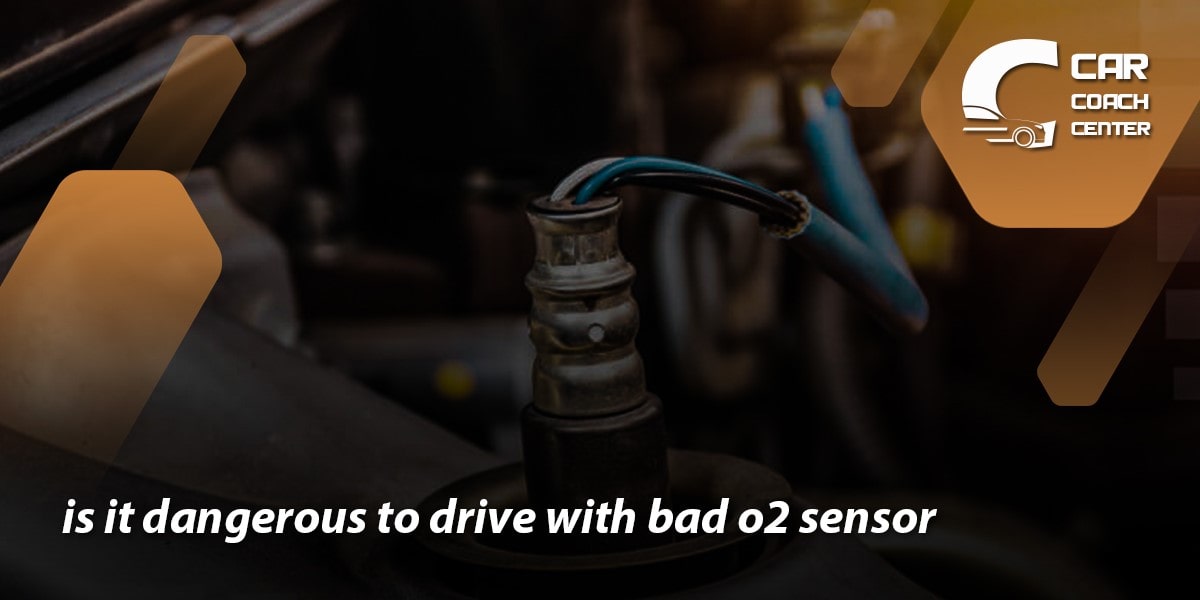
Gather the Required Tools
Gather the necessary tools before starting the replacement process. These typically include a wrench or socket set, a suitable O2 sensor removal tool, and possibly a penetrating lubricant if the sensor is tightly secured.
Safety First
Ensure the vehicle is parked on a level surface, the engine is turned off, and the ignition key is removed. It’s also a good practice to wear safety goggles and gloves to protect yourself during the replacement process.
Disconnect the Electrical Connector
Locate the electrical connector connected to the faulty O2 sensor. Use caution when disconnecting it, as excessive force or mishandling could damage the connector or wiring harness.
Remove the Old O2 Sensor
With the appropriate wrench or socket, carefully loosen and remove the old O2 sensor. It may require some force, especially if it’s been in place for a long time. If the sensor is difficult to remove, applying a penetrating lubricant can help loosen it.
Install the New O2 Sensor
Take the new O2 sensor and apply some anti-seize compound to the threads. This will help prevent the sensor from seizing in the future. Carefully thread the new sensor into the designated location and tighten it securely. Be cautious not to over-tighten the sensor, as it can damage the threads or the sensor itself.
Reconnect the Electrical Connector
Once the new O2 sensor is properly installed, reconnect the electrical connector. Ensure it is securely in place and properly aligned to prevent electrical issues.
Test the Replacement
After completing the installation, start the vehicle and ensure no warning lights or error codes are related to the O2 sensor replacement. Take the vehicle for a test drive to verify that the new sensor functions correctly and that the engine performance and fuel efficiency have improved.
Maintaining Optimal Performance: Tips for O2 Sensor Care and Maintenance
Regular care and maintenance are essential to ensure your vehicle’s O2 sensor continues to function properly and maintain optimal performance. By following these tips, you can prolong the lifespan of your O2 sensor and avoid potential issues down the road:
Keep the Exhaust System Clean
A clean exhaust system helps prevent contaminants from accumulating on the O2 sensor. Avoid driving through deep water or areas with excessive dirt and debris that could clog or damage the sensor.
Use Quality Fuel
Using high-quality fuel with fewer impurities can help prevent the buildup of deposits on the O2 sensor. Using fuel from reputable sources is recommended to ensure its cleanliness and minimize potential issues.
Avoid Oil and Coolant Leaks
Oil or coolant leaks near the O2 sensor can lead to contamination and interfere with its operation. Regularly inspect your vehicle for any signs of leaks and address them promptly to prevent damage to the sensor.
Perform Regular Engine Maintenance
Maintaining a healthy engine contributes to the proper functioning of the O2 sensor. Follow the manufacturer’s recommended maintenance schedule for oil changes, spark plug replacements, and air filter inspections. A well-maintained engine reduces the likelihood of fuel mixture issues that can affect the O2 sensor.
Inspect and Clean the Sensor
Inspect the O2 sensor for any visible signs of damage or contamination. If you notice excessive dirt or debris, gently clean the sensor using a soft brush and a specialized sensor-safe cleaner. Avoid using harsh chemicals or abrasive materials that could damage the sensor.
Address Check Engine Light Promptly
If the check engine light illuminates, it could indicate a problem with the O2 sensor or another component of the vehicle’s emissions system. It’s crucial to have the issue diagnosed and repaired promptly to prevent further damage to the O2 sensor and ensure optimal performance.
Follow O2 Sensor Replacement Intervals
O2 sensors have a limited lifespan, typically ranging from 50,000 to 100,000 miles (80,000 to 160,000 kilometers). Refer to your vehicle’s manual or consult a professional to determine the recommended replacement interval for your specific O2 sensor. Replacing the sensor within the specified timeframe is important to maintain accurate readings and prevent potential issues.
conclusion
In conclusion, understanding the role of the O2 sensor in your vehicle and recognizing the signs of a faulty sensor are crucial for maintaining optimal performance, fuel efficiency, and environmental responsibility. While driving with a bad O2 sensor may seem tempting to save money in the short term, the long-term implications can be costly and detrimental to your wallet and the environment.
From decreased fuel efficiency and potential damage to the catalytic converter to increased emissions and legal compliance concerns, neglecting a malfunctioning O2 sensor can have far-reaching consequences. By visiting carcouchcenter.com, you can access valuable resources and expert guidance to address O2 sensor issues promptly.
Whether replacing a faulty sensor, performing regular maintenance, or understanding the importance of emission control, carcouchcenter.com is your go-to destination for reliable information on keeping your vehicle running efficiently while minimizing its environmental impact. Don’t underestimate the power of a well-maintained O2 sensor – invest in its care and reap the benefits for years.
Can I drive my car with a bad O2 sensor?
Technically, you can drive with a faulty O2 sensor, but it's not recommended due to potential negative impacts on fuel efficiency and engine performance.
What are the symptoms of a bad O2 sensor?
Common symptoms include decreased fuel efficiency, rough idling, engine misfires, check engine light illumination, and increased emissions.
What are the long-term consequences of ignoring a faulty O2 sensor?
Ignoring a bad O2 sensor can lead to reduced fuel efficiency, potential damage to the catalytic converter, increased emissions, and costly repairs.

